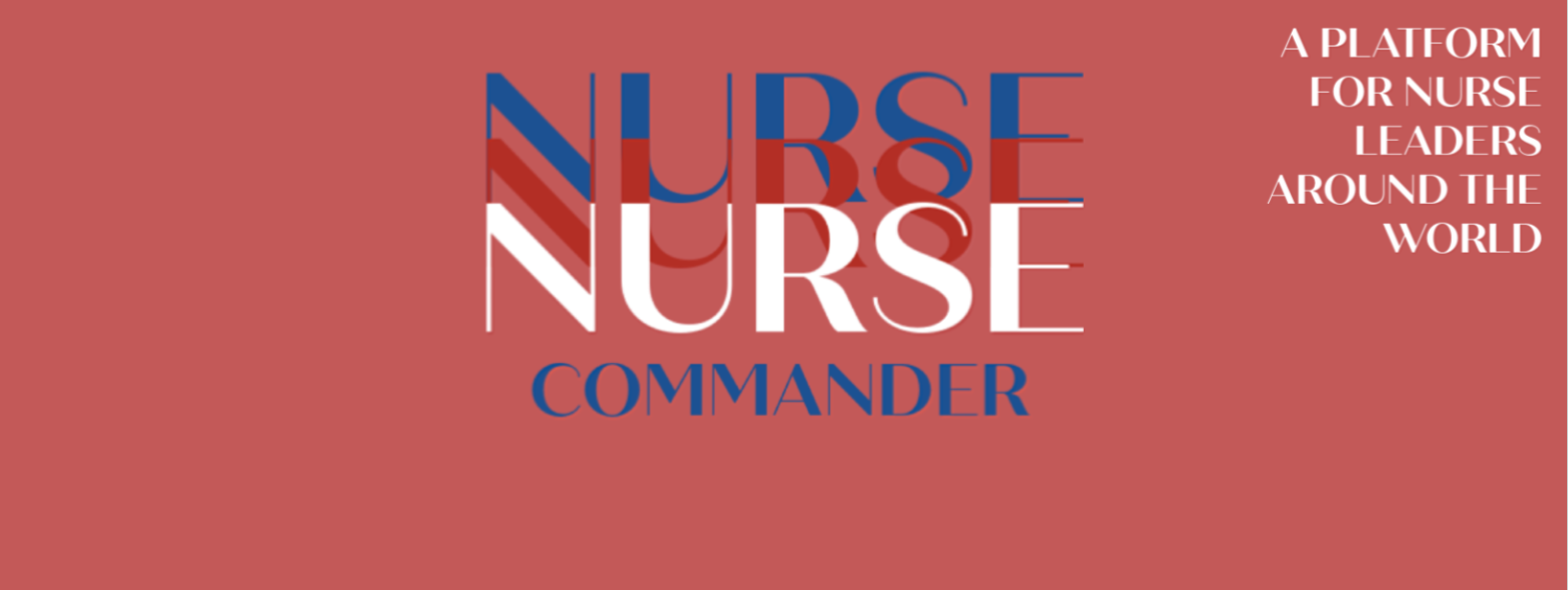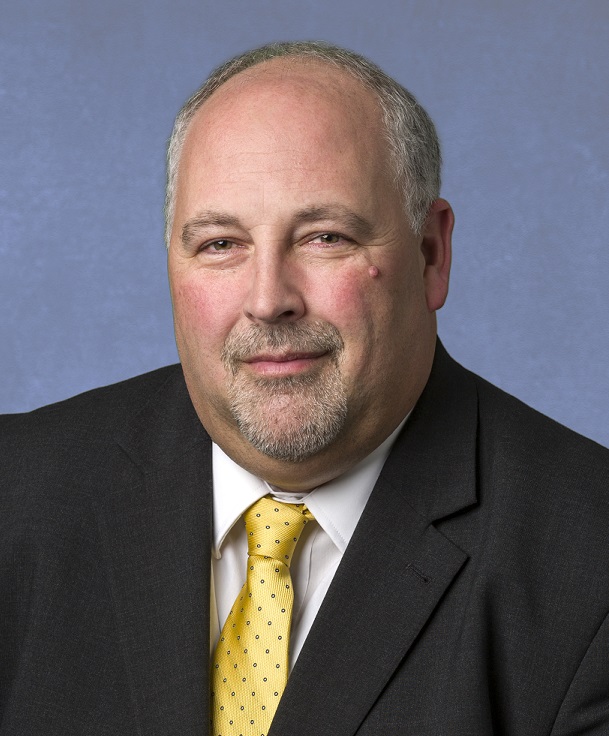Robert Church, RN, MS, MBA, NE-BC, FACHE, is the Chief Nursing Officer and Senior VP for Patient Care Services at St. Barnabas Hospital, Bronx, NY. Church oversees all of nursing, respiratory therapy, housekeeping and patient transport. Church holds a Master of Science in Trauma Critical Care Nursing from Univ. of Maryland at Baltimore and an MBA from Rutgers University. He is also on the Board of Directors for the New York Organization of Nurse Executives and Leaders and Past President of the Greater New York Nassau Suffolk Organization of Nurse Executives and Leaders.
Church states that “the Hero’s of this COVID-19 pandemic are all hospital workers. As senior leaders we have the privilege to plan and strategize, but without the engagement, dedication and self-sacrifice of the frontline worker, our role is futile. In this crisis every nurse and doctor was important, but equally important was the Respiratory Therapists whose workload quadrupled, and the Material Management handlers who constantly supplied, and resupplied the patient care areas, and the housekeepers who fought to keep us all safe, and the security officers and transporters who helped move the bodies and manage the morgue. There are many other clinical and non-clinical roles who helped provide the best care possible in this crisis.”
“The Nurse Director is one of the most important leadership positions in any organization. Nurses are advocates for their patients, and Nurse Directors are advocates for both patients and their staff, as well as the eyes and ears of senior leadership. During this crisis the staff were fearful and anxious, CDC guidelines were changing every day, and our instructions to them on the use and conservation of PPE and isolations precautions caused confusion. The presence of the Nurse Directors gave the staff support and education,” says Church. To expand the support, during this crisis, Church staggers their schedules into 3 shifts so they cover 6am – 3pm, 8am – 5pm, and 3pm – 12am, 7 days a week. “This had an immediate impact on reducing staff anxiety, they felt greater support and encouragement especially on the evening and night shifts. It also helped ensure “self-care” for the Nurse Directors by avoiding 10 and 12 hour shifts 5 days a week,” states Church.
“Much of my role was to plan and strategize the nursing response and care to the Covid crisis. It was critical that I partnered with the Chief Medical Officer and other senior leaders from the Medical Staff, IT and BioMed, Pharmacy, Materials Management and Finance, and Facilities. Together we came up with creative, innovative and collaborative strategies,” key elements of succeeding in crisis states Church.
Some of immediate actions were:
– As we redeployed nurses and ancillary staff, Nursing Education provided cross training and refresher training to them based upon their prior experience, such as med surg or critical care;
– Nursing Education prepared mandatory educational modules on basic isolation precautions for all hospital staff and a review of donning and doffing for clinical staff;
– Very early on we retrieved all N-95 masks from all units and areas throughout the hospital, and issued them based on patient diagnosis and order for airborne isolations. This set us up to be in a good position later on, so staff were never without N-95 masks. In addition, staff were educated about the need to be conservative since we did not know when our delivery would arrive;
– The organization partnered with 1199 (the union representing our nursing staff and support services) early to message to the staff to prepare for increased patient loads and surge capacity. It was very important that staff heard both hospital leadership and the union saying the same message and being supportive of each other.
Next Steps:
– As we created additional ICU’s and patient care units, a critical step was organizing a team to physically walk each unit, comprised of leaders from Nursing, Pharmacy, IT, Facilities, and Materials Management – to ensure that each new unit was stocked appropriately with supplies, medications, computers and safety equipment.
– As the number of ICU beds and ventilators quadrupled so did the need for additional cardiac monitors and pulse oximeters, and IV pumps, followed by additional suction catheters, suction regulators, oxygen regulators, followed by feeding pumps and proning pillows and additional oxygen tanks and deliveries to the main tank. Church spent a lot of time collaborating with Materials Management and Biomed as they had the procurement and purchasing expertise, and he provided the clinical expertise.
– The Ethics Committee, which Church is a part of, created a “Triage Committee” to help with addressing issues related to ventilator shortages, if this should arise, and all patients would be scored using the SOFA Calculator (Sequential Organ Failure Assessment). Thankfully this committee never had to be make those decisions. SBH did successfully trial Vent Sharing and BiPaP conversion to ventilators, in case they needed to do it urgently.
One of the first positive cases was also one of the first fatalities they encountered. He was one of their own employees. He was one of those people who always had a smile on his face and brighten up your day. Since then they have lost four more employees. This has added to the fear and anxiety of the staff. Yet the 90% of them still come to work, care for the patients either directly or indirectly, and provide unrelenting compassion during a very dark time.

